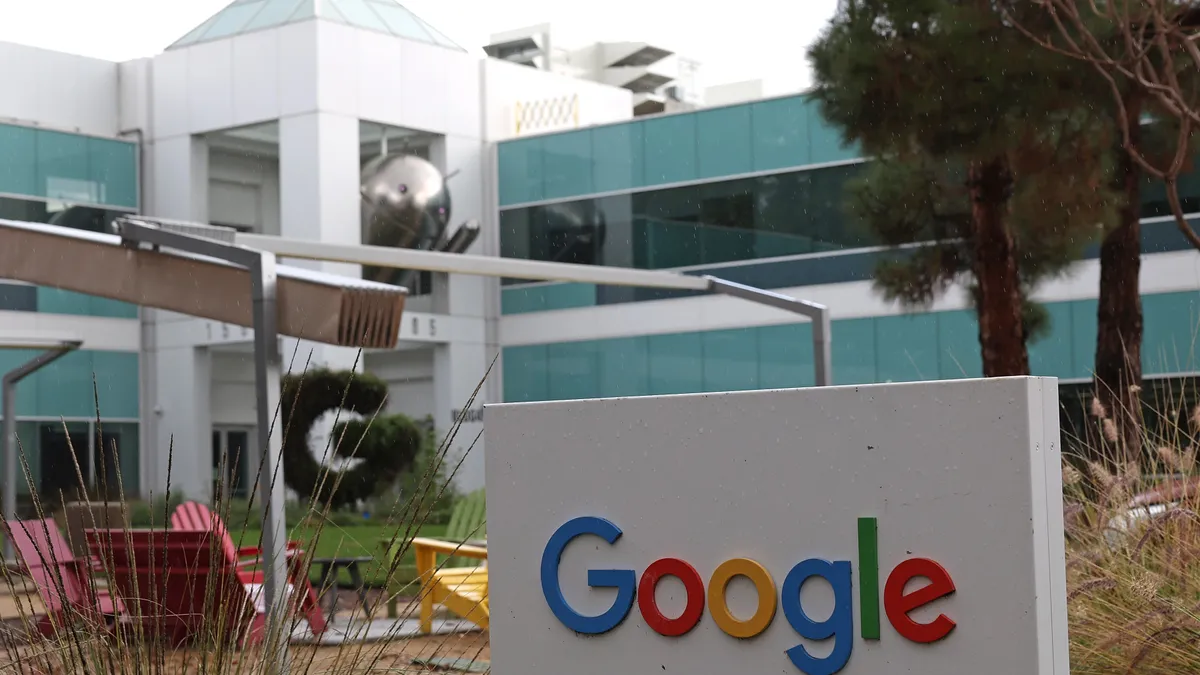Correction: In a previous version of this article, Pat O'Day was misidentified as Pat Day.
The cloud market certainly saw impressive growth in 2016. In October, Amazon Web Services reported it generated $3.23 billion in net sales in its latest quarter, up 55% year over year. Meanwhile, Microsoft reported revenue from the company's Azure cloud offering grew 116% year-over-year for the quarter.
And there's no sign of a slowdown. Total cloud infrastructure equipment revenues — including public and private cloud, hardware and software — are poised to reach $70 billion in 2016 and continue to grow at a double-digit pace, according to a new report from Synergy Research Group.
Here are seven predictions for cloud technology in 2017 based on conversations with cloud market experts who watch cloud developments daily.
1. When faced with a hardware refresh, more companies will turn to the cloud rather than new equipment.
There's a lot of churn in the hardware space because of virtualization, said Pat O'Day, CTO at Bluelock.
"Companies are tired of having to refresh their IT systems with new hardware every five years. People want to be more mobile, and the cloud is a way to get there. Plus, rapid technology innovation has driven increased competition. Think about the rise in artificial intelligence, for example."
For these reasons, more businesses are opting for a model that allows them to harness immediate time-to-value and consistently have the latest technology, according to O'Day.
"With the cloud, now even the smallest companies can compete on the technology front," he said.
2. Cloud vendors with incomplete solutions will continue to form surprising alliances.
It was certainly a year of cloud partnerships. But perhaps the most surprising was when former rivals VMware and AWS joined forces to diminish gaps in their public and private cloud offerings.
The announcement proved the companies had moved on from their conflict and realized the potential of tapping into each other's market shares. Such partnerships are likely to continue in the coming year.
"Companies that lack solutions in the cloud industry will be left behind in the crowded landscape of competition," said O'Day. "Therefore, we'll continue to see the formation of surprising alliances to mitigate weaknesses. Would you have ever pictured cats and dogs living together? Get ready."
3. CISOs will increasingly see cloud migration as a risk mitigation strategy.
Delegating industrial-strength security to major cloud providers such as Amazon and Google will be seen as safer and more scalable than continuing to invest in corporate network perimeter defense, according to Glenn Weinstein, co-founder and CIO and senior vice president of global services at Appirio.
"CIOs will implement measures to minimize security risks posed by desktop and laptop computers, by lessening users' dependence on them as storage devices," said Weinstein.
"Workflows will be designed so that users find it easier to save data in the cloud versus their hard drives. More laptop vendors will follow the Chromebook example of treating the user-writable portion of the hard drive entirely as short-term storage, to be erased between user sessions."
4. New Software as a Service (SaaS) will emerge to help people manage cloud-based resiliency.
O'Day of Bluelock says there is a growing science around resiliency, not just because of technology improvements, but because there's an inherent link to the efficiency of people and processes. In other words, data protection is now a table stakes investment.
"People increasingly want to perform tasks and receive services through software, with the streamlined convenience of enterprise platforms such as Salesforce and ServiceNow," said O'Day. "Contrast this with the time-consuming inconvenience of having to perform data resiliency tasks manually, and you'll find that it's no surprise this efficiency-focused approach to the data resiliency process has become popular."
5. Machine learning will begin to enable the prediction of application downtime and duration.
In 2017, we'll see an increased use of business intelligence to make predictions overall. But a good example of this is machine learning to predict recoverability.
"[Such predictions will] grow more granular as users will set policies and make decisions for wider business initiatives based upon this real-time information," said O'Day. "Basically, you shouldn't be using a cloud that doesn't use machine learning at this point."
6. Cloud apps providers will build more native logging and audit features.
Such features will help security professionals monitor and control user activity at the source, rather than forcing administrators to intercept the activity enroute via third-party tools, said Weinstein.
7. Companies will continue to implement multi-cloud models.
According to the recent HyTrust study, approximately 60% of organizations plan to move to a multi-cloud model, while 64% of respondents indicated that their pursuit of a hybrid cloud strategy will be multi-cloud and multi-vendor.
A May survey by Cowen & Co. pointed to similar conclusions, finding that the typical public cloud customer is now likely to select more than one public cloud provider to meet their various needs. More than half of the respondents indicated they were planning to use an additional public cloud vendor in the future.
Public cloud providers offer different perks and benefits, and customers are not afraid of choosing more than one company to meet all of their needs, the study found.






















